
Nepal and India Join Forces to Promote Cross-Border Religious Tourism
Tourism entrepreneurs from Nepal and India have pledged a joint commitment to promote cross-border religious tourism, aiming to strengthen cultural and economic ties between the two nations. This resolution emerged from an interaction organized in collaboration with the Embassy of India in Nepal, the Nepal Tourism Board (NTB), and the Uttar Pradesh Tourism Board of India.
The meeting underscored the mutual benefits of fostering partnerships in religious tourism across border areas. To facilitate collaboration, Nepali tourism entrepreneurs recently participated in a six-day exposure visit to prominent religious sites in India, including Mathura, Agra, Prayagraj, Lucknow, Banaras, and Ayodhya. During these visits, participants engaged in discussions on tourism opportunities, challenges, and strategies.
Strengthening Bilateral Tourism Cooperation
Akash Deep, Additional Strategic Officer of the Uttar Pradesh Tourism Department, emphasized that such initiatives significantly enhance cross-border tourism cooperation. Similarly, Kaushlendra Singh, General Secretary of the Agra Travel Agents Association, described the discussions as instrumental in identifying the potential for religious tourism. Singh committed to encouraging Indian tourists to explore Nepal’s religious sites, informed by insights from NTB and Nepali entrepreneurs.
NTB Senior Manager Shraddha Shrestha highlighted that the event aimed to amplify tourism opportunities by fostering collaboration among stakeholders from both countries. Janakpur Sub-Metropolitan City Mayor Manoj Kumar Sah announced efforts to develop Ayodhya and Janakpur as part of a Ramayana circuit, reinforcing shared cultural heritage.
Expanding Religious Tourism Opportunities
Nepali tourism entrepreneur Maya Prasad Bhatta called for enhanced cooperation to attract tourists to lesser-known destinations in Nepal’s far-western region, including sacred sites like Badhimalika and Khaptad, as well as jungle safaris. Promotional programs in Varanasi further showcased these opportunities.
Santosh Kumar Singh, President of the Varanasi Tourism Guild, highlighted the historical and cultural ties between Nepal and India, urging Hindu Nepali tourists to attend India’s Kumbh Mela, held every 12 years. He also stressed the need for improved road infrastructure in Nepal to attract more Indian visitors.
Continued Collaboration
R. K. Rawat, Deputy Director of the Uttar Pradesh Tourism Department, described the collective initiative as inspiring and emphasized the importance of sustaining these exchanges. Earlier, a formal program in Lucknow brought together government and private sector representatives to strategize on tourism development and share business experiences.
The Uttar Pradesh Tourism Department’s invitation saw participation from 23 Nepali businesspersons, government officials, and media representatives. In turn, Nepal has hosted Indian tourism entrepreneurs to familiarize them with its tourism offerings, with plans to institutionalize such programs through an annual schedule between the two tourism boards.
This collaborative effort marks a significant step toward leveraging centuries-old cultural and religious ties to boost tourism in both nations, creating new opportunities for mutual growth and cultural exchange.
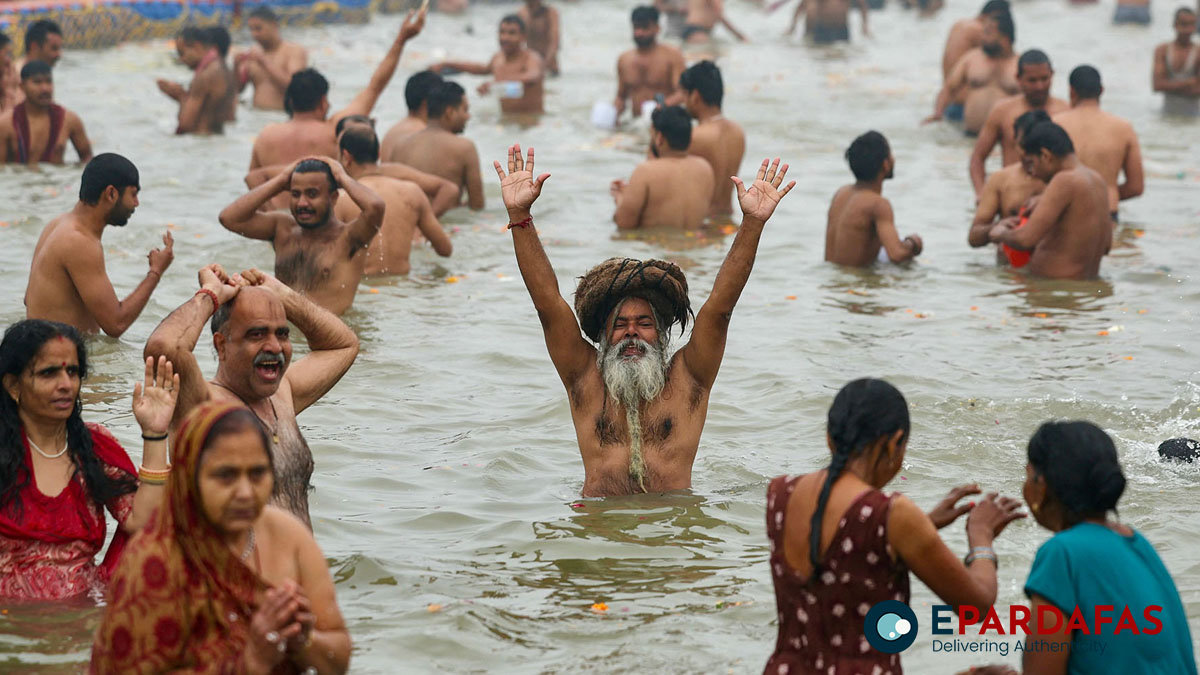

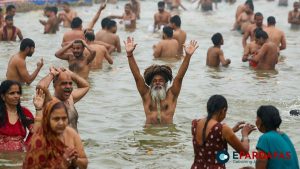
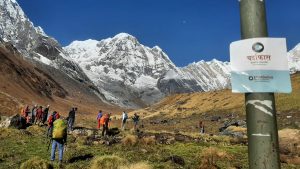


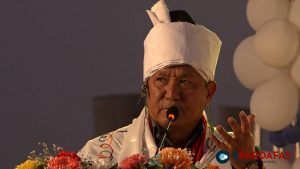


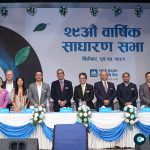
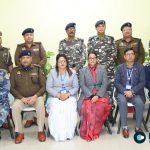
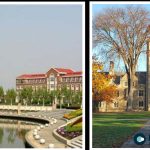

Comments